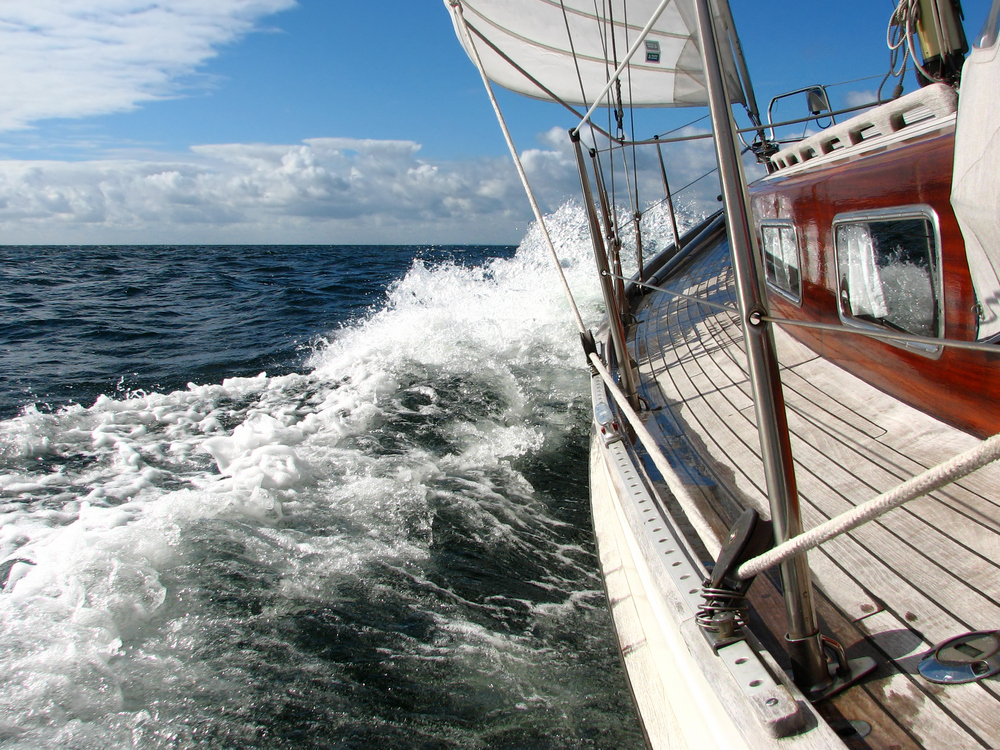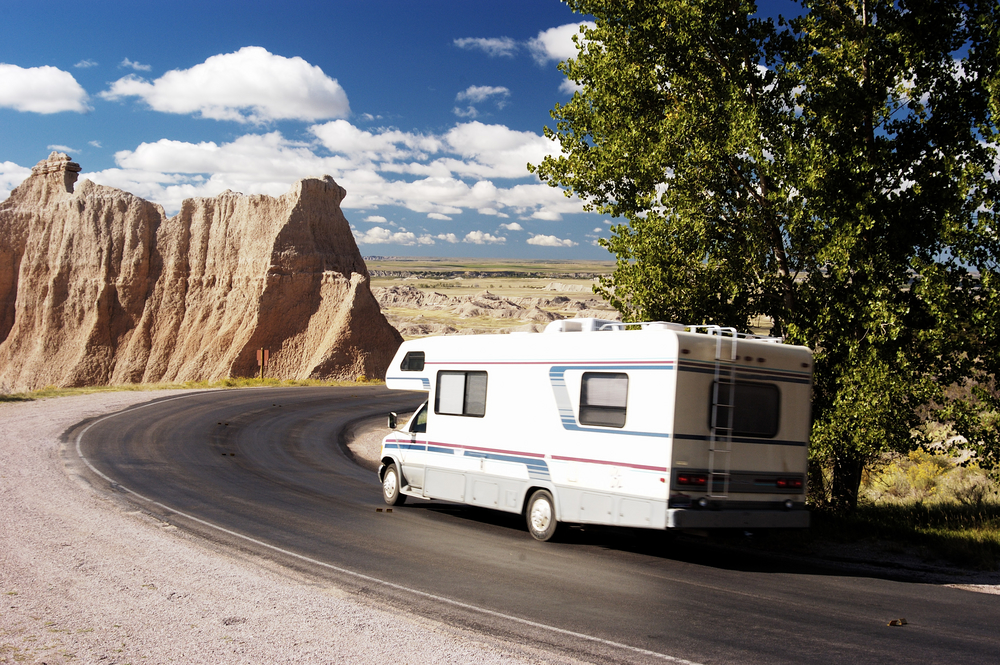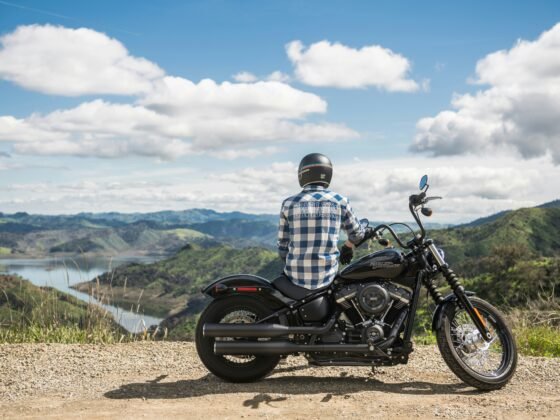
Trying to sail any boat in rough seas will take a lot of effort, even with these catamarans. Several factors work together to keep you safe should you encounter a gale or choppy waters. Fortunately, modern catamarans have seen significant improvements that make them safer than ever before in rough seas.
Modern Catamaran Improvements
Today, there are two main types of catamarans you might find yourself on, one being charter or cruising catamarans, and the other is high-performance.
As you can likely tell, the high-performance models are bound to be substantially better in rough seas and give you the ability to outrun poor weather. These days boat fitters are always improving the spec on all types of boats especially catamarans. However, they can also be challenging for beginners since they’re designed for higher speeds.
Charter or Cruising Catamarans
If you’ve recently been on vacation, you’ve likely seen a charter catamaran or hybrid catamarans. These boats are specifically designed for charter cruises and often feature low-aspect rudders, fixed keels, and high-wind flybridges. They also have significantly heavier displacement as well as shorter bows.
Charter catamarans can be challenging to use at high speeds, even if you’re navigating on flat water. When traveling windward, they’re ideal for close-hauled sailing at up to 60-degree angles.
If you were to encounter rough seas in these boats, there are two main concepts to remember: maintain control and speed. You won’t want to pick up too much speed because it can be more challenging to control. It could also endanger both the crew and the boat, which is why they’re not ideal for choppy conditions.
High-Performance Catamarans
These boats are designed with special techniques that make them ideal for traveling at higher speeds. They feature rudders deeper than charter models, which also creates less displacement and windage.
Another benefit is that they have highly efficient centerboards and daggerboards. When sailing, you’ll notice high-performance models can outsail nearly any keelboats while traveling windward.
In addition to their impressive speeds, they are also known to be more lightweight, making them easier to maneuver. If you’re caught in rough seas in a high-performance catamaran, you’re more likely to navigate through the storm successfully.
Not only will you be able to manage the storm conditions securely, but you could also outrun inclement weather. By maintaining your balance while using lower loads and traveling at higher speeds, you can be safe.
How To Handle Catamarans in Rough Seas
Let’s say you’re stuck in a situation where you have no choice but to sail through rough seas with your catamaran. Consider these tips because they could significantly improve your chances of a safe return to port.
Reading the Sea Room
Having a good idea of the sea room can give you the information you need to navigate the boat safely. You’ll be able to determine the appropriate speed to sail with the sea, allowing you to maintain the most control.
Depending on the conditions, you have to determine whether slowing down or speeding up is ideal. Remember, drogue slows the catamaran down while the sea anchor is best for mooring with minimal drift. The more effective you are at moving with the sea, the less stress the boat will experience.
Opting for Downwind Travel
When sailing in heavy seas, consider sailing at a slight angle because it improves the boat’s sufficient length. The catamaran will have access to diagonal distance, which is longer than the boat’s total length. The more length you have access to, the easier it will be to follow the sea.
Another important aspect of taking advantage of diagonal distance is that it keeps your hull stable. With the proper angle, pitchpoling is far less likely, and the bows won’t bury as much.
Using Minimal Sail
One of the most important factors to consider is the amount of sail you should be using when you encounter rough conditions. Sailors most often prefer to use minimal sail since it calms the catamaran and allows the boat to autopilot easier.
By encouraging non-yawing and vertical rudders and keels, the boat will find it easier to handle the brunt of navigation.
The Advantages of Catamarans in Rough Seas
There is an incredible number of myths about catamarans, especially among monohull owners. These boats are one of the superior options for tackling rough seas, especially with anglers. A few essential advantages to note are:
High-Speed Sailing
The higher speeds of performance catamarans have made them a popular topic of discussion among Naval scientists. Their hull energy allows sailors to travel extensive distances in a limited amount of time. With this amount of power, you can quickly navigate through heavy waters or avoid them entirely.
Added Stability
One of the primary reasons to consider a catamaran for rough seas is its inherent stability. They are often preferred for families and senior sailors who find it tough to find their sea legs. The boat’s size and design make it far less susceptible to wave action, especially compared to a monohull.
Reduced Seasickness
Becoming seasick can disrupt your entire trip on the water, which is another reason to consider catamarans. With their improved stability, you’ll feel far less motion aboard a catamaran than other boats. There’s far less rocking and rolling, which makes it a more comfortable experience for everyone.
Impressive Buoyancy
For as large as they are, catamarans are ideal for their buoyancy. Since they aren’t designed with a lead-filled keel, your boat will float even if it’s holed. Some of the more modern high-performance catamarans are so buoyant; they’re relatively impossible to sink.
Conclusion
Catamarans are safe to navigate in rough waters, as long as you can maintain control of the craft. They have remarkable buoyancy, inherent stability, and high speeds to outrun inclement weather.











